Prince Mahidol Award Conference 2017
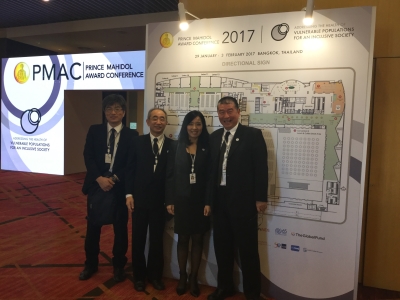
1. Detail
Term:
29 January – 3 February 2017
Venue:
Centara Grand & Bangkok Convention Centre at Central World, Thailand
Participants from Gunma University Centre for Research and Training on Interprofessional Education:
Dr. Hideomi Watanabe, Professor
Dr. Akinori Kama, Professor Figure1
Dr. Bumsuk Lee, Associate Professor
Dr. Tomomi Yoshida, Associate Professor
2. Overview
The Prince Mahidol Award Conference (PMAC) is an annual international conference focusing on policy-related health issues of global significance. The conference is hosted by the Prince Mahidol Award Foundation, the Thai Ministry of Public Health, Mahidol University and other global partners. It is an international policy forum that Global Health Institutes, both public and private, can co-own and use for advocacy and for seeking international perspectives on important global health issues. The Conference in 2017 was co-hosted by the Prince Mahidol Award Foundation, the World Health Organization, the World Bank, the United Nations Development Programe, the United Nations Population Fund, the Joint United Nations Programe on HIV/AIDS, the International Organization for Migration, the Global Fund to Fight AIDS, Tuberculosis and Malaria, the U.S. Agency for International Development, the Japan International Cooperation Agency, the China Medical Board, the Rockefeller Foundation, the Chatham House, and the Bill & Melinda Gates Foundation with the support from other key related partners. The Conference was held in Bangkok, Thailand, from 29 January – 3 February 2017 and 879 participated from all over the world.
For PMAC 2017, the theme was in line with the SDGs on social inclusion focusing on the health of vulnerable populations. Thus, the theme was “Addressing the Health of Vulnerable Populations for an Inclusive Society” (Figure1).
3. Field Trip on Access to Health Care and Social Services for Older People in the Community
We participated Field Trip Site 2 – Access to Health Care and Social Services for Older People in the Community- at Khao Phra Ngam Municipality, Lopburi Province on 31 Jan within 38 participants. Khao Phra Ngam Municipality has benefits for healthy older people and severe illness or frail elderly in the community. Home and community services programe is integrated care that has been defined as a discrete set of techniques and organizational models designed to create connectivity, alignment and collaboration within and between education, social protection, the cure and care sectors at community, the local administrative and/or provider levels. We attended presentation about “The Center for Comprehensive Quality of Life Development of Older People at Khoa Phra Ngam Municipality” by Mr. Pulsawat Tuekong, Khao Phra Ngam Municipality Governor followed by a slide seminar on “Multi vision of Khao Phra Ngam Municipality project for supporting older people in community”. Subsequently participants were divided in 3 group and went tour around Khao Phra Ngam Aging Complex Center, TOT (the Telephone Organization of Thailand) operation for emergency and Exhibition. In the afternoon we visited Khao Phra Ngam community for Home ward. Finally, we had open discussion with organizer and concluded in this field trip (Figure2, 3, 4, 5).
4. The general meeting
The general meeting 1 (Theme: Social inclusion: meaning given to health policy and its practice), Dr. Takao Toda, senior adviser in JICA took the role as a panelist and he introduced the Japan’s efforts on disabled and elderly people, and also the disabled party of Japan active in the world(Figure6).
The general meeting 2 (Theme: The political Economy of Social Inclusion), Dr. Keizo Takemi did a keynote lecture and were held a panel discussion with the former president of Cedillo and Mexico. A representative from the private sector also stood on the stage and discussed how to tackle the goal of “not missing anyone” (Figure7).
On behalf of mission members: Dr. Tomomi Yoshida
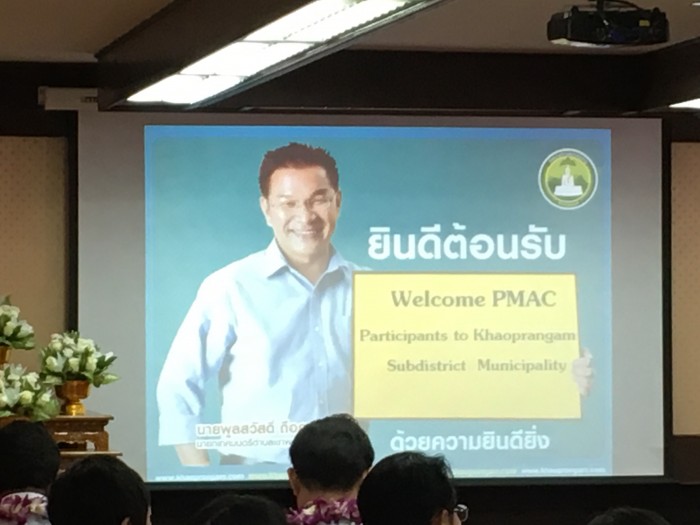
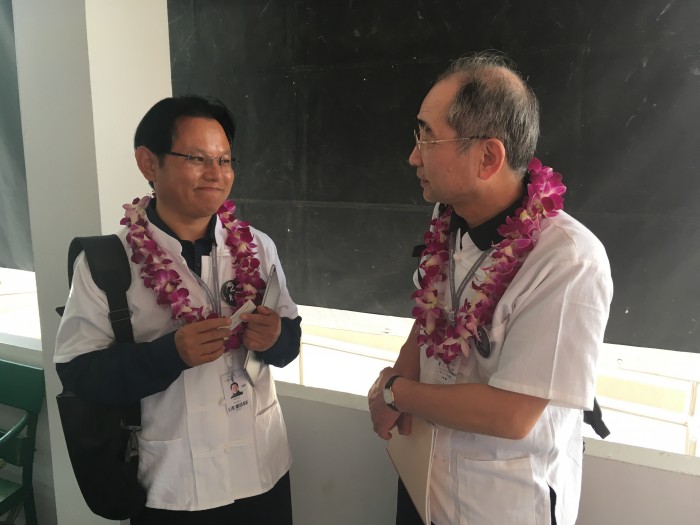
Figure2 Figure3
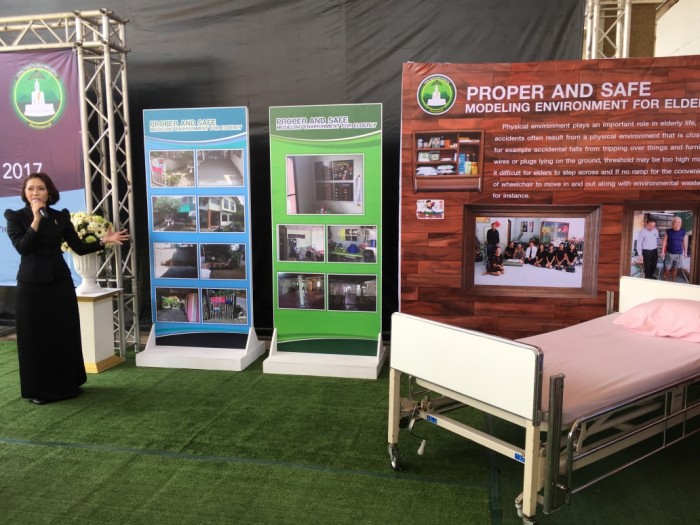
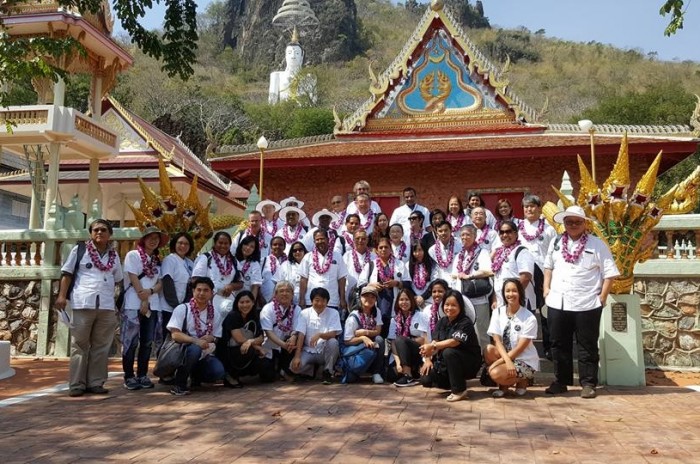
Figure4 Figure5
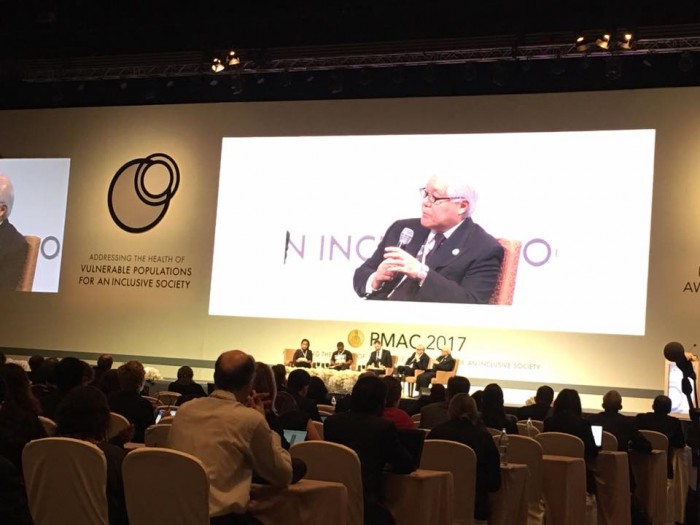
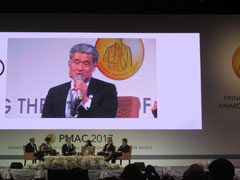
Figure6 Figure7









